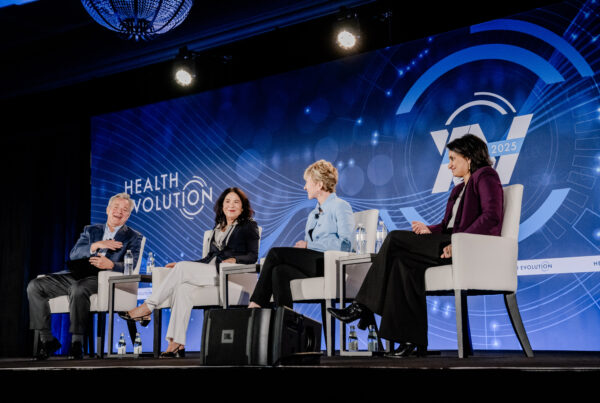Similar to health systems and other providers across the country, rural hospitals’ bottom line is being hit hard by the COVID-19 pandemic. But unlike their counterparts in more populous geographical regions, rural CEOs are facing drastic declines in patient volumes without infected people to offset those revenue losses.
Hendrick Health in Abilene, Texas is one example. As the state reopens in phases, CEO Brad Holland is anticipating a slow recovery.
Health Evolution Editor-in-Chief Tom Sullivan spoke with Holland about communicating the need to shelter in place, sharply reducing elective surgeries and appointments in preparation for an influx of patients with the coronavirus, and surviving on 50 percent of prior revenue.
Health Evolution: What’s the current situation on the ground at Hendrick?
Holland: Hendrick is in west central Texas so we are geographically isolated and that is one of our strengths because we serve 24 counties, sparse and separated. We are not New York and Abilene is lagging behind Texas. Through social distancing, support of the hospitals, and closing the economy we have reduced or elongated the curve. We stopped exponential rise. Because of our delay we’ve been able to have only relatively few positive COVID patients.
Health Evolution: A by-product of that successful preparation is the current scenario in which volumes are down without having COVID patients to offset the revenue decline …
Holland: Although it was hectic, we’ve prepared and managed a difficult situation, but we have not been immune to economic impact. We saw the volume and corresponding revenue drop by 50 percent in April. As the Texas economy reopens and the curve has been flattened, the volume is expected to increase to 75 percent of pre-COVID-19 levels. The total amount of volume and revenue is not expected to return to pre-COVID-19 levels for more than 2 years, however, we believe the new normal until then will be between 90-95 percent of revenue over the next 3-20 months.
Health Evolution: Have you seen an impact from Texas reopening yet or what are you anticipating that impact to be?
Holland: We have not seen a spike in volume or positive test results recently since the Governor opened the economy. Phase 1 was a limited opening and most people remained highly cautious. For phase 2 openings people are more comfortable being in public. Recognizing the almost 10-day lag in symptoms and hospitalizations, it’s almost too early to see the potential increase in hospitalizations. I believe most people comfortable returning to normal will predominately be the healthier population, which would not likely require hospitalizations. I continue to caution the vulnerable and elderly for the foreseeable future.










